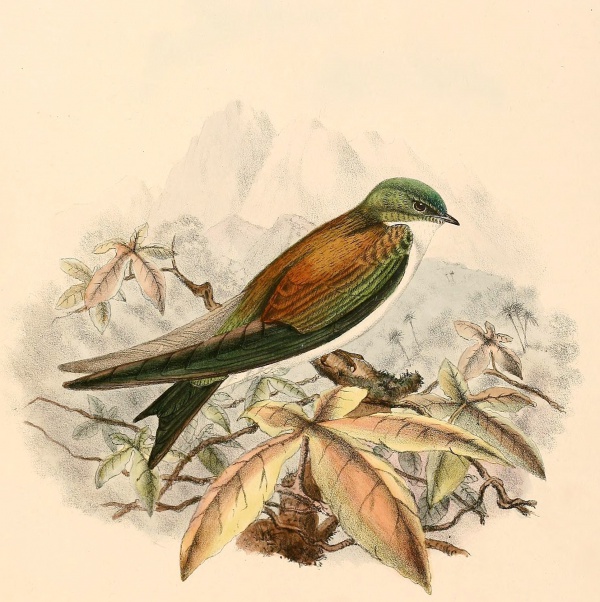Facts About Golden swallow
The golden swallow, scientifically known as part of the Hirundinidae family, is a small bird with two subspecies: the now-extinct Jamaican golden swallow and the Hispaniolan subspecies, T. e. sclateri. This latter subspecies inhabits isolated mountain forests, predominantly composed of Hispaniolan pine. Unfortunately, the golden swallow is classified as vulnerable by the IUCN, mainly due to predation by introduced mammals and habitat loss.
The Jamaican golden swallow was distinguished by its unique bronze and coppery-bronze feathers. These birds construct cup-shaped nests in locations such as Hispaniolan pine trees and caves, capturing insects while flying close to the ground. Naturalists have long been fascinated by the golden swallow, leading to its scientific classification.
Historically, the golden swallow inhabited Hispaniola and Jamaica, favoring open areas and mountain forests. In Hispaniola, these birds breed from April to July, whereas in Jamaica, the breeding season was from June to July. They typically nest in dead tree snags, laying two to four white eggs. Their diet primarily consists of insects, although they face threats from predators capable of raiding their nests.
Owing to a declining population and shrinking habitat, the golden swallow is classified as vulnerable. With the extinction of the Jamaican subspecies, the Hispaniolan population is also in decline. Although the bird is legally protected in Jamaica, these measures came too late to save the Jamaican subspecies. Conservation efforts in Hispaniola include proposals to install nest boxes, aiming to mitigate the impacts of habitat loss and predation.

 Dominican Republic
Dominican Republic